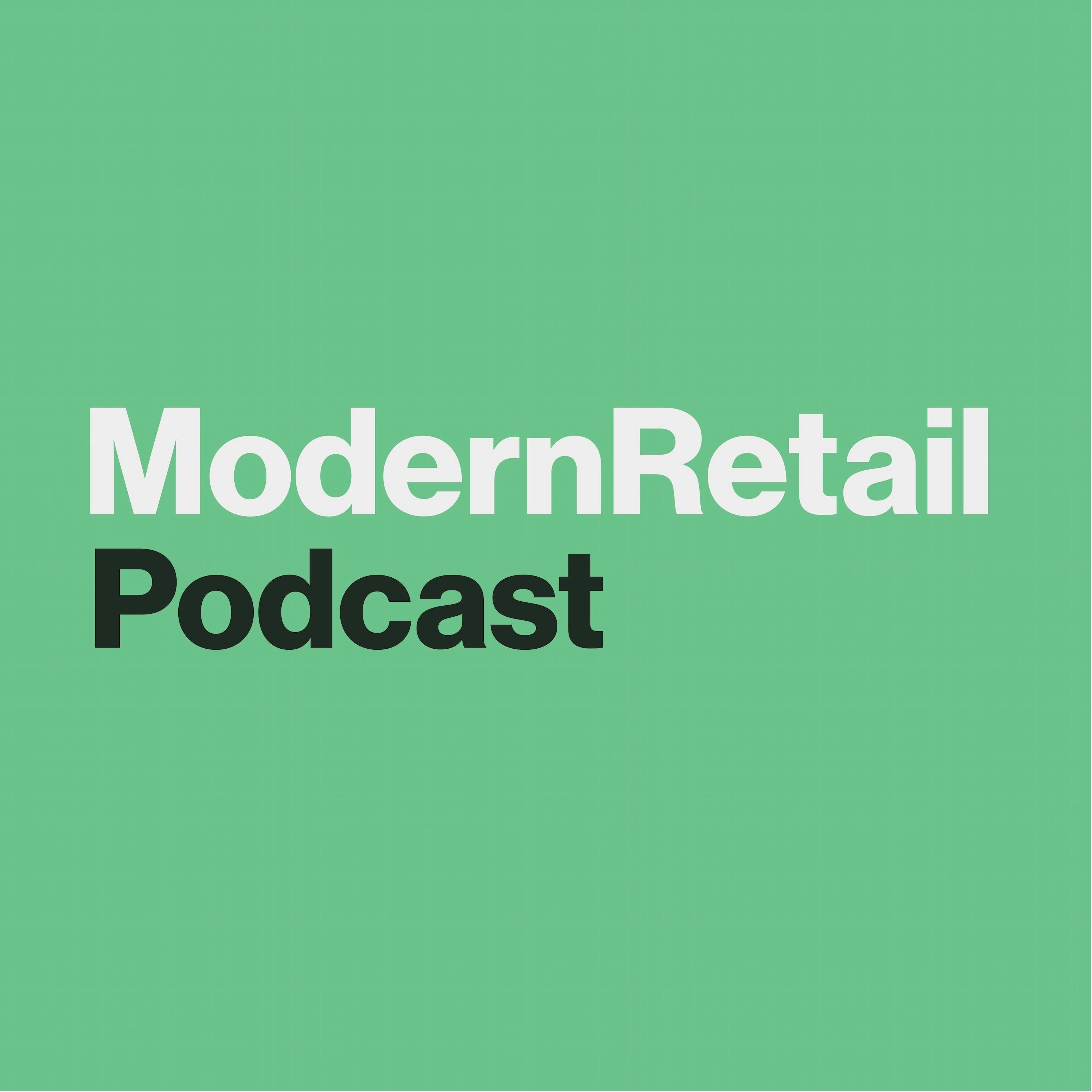We can't find the internet
Attempting to reconnect
Something went wrong!
Attempting to reconnect
Waze's Suzie Reider on the return of road traffic and the retailers that depend on it

Access AI content by logging in
GDP and unemployment are one set of statistics, but another way to measure the extent of the economic slowdown brought by the pandemic is a bit more mundane: Traffic.
According to the maps and navigation app Waze, traffic was down around 70% in the early days of the pandemic.
"It was like a light switch," Suzie Reider, a managing director of global ads at Waze, said on the Modern Retail Podcast.
Within its app, the Google-owned company can offer ads for nearby businesses for drivers, including pins on the map and larger "takeover ads" filling the top third of a user's screen ("it doesn't actually play until you're stopped," Reider said).
That part of the business suffered from the drop in traffic too, of course.
"We saw a marked decline and decrease in our own advertising revenue in... it started in March," Reider said. "Then we saw these incredible, super exciting, quick gains as we started to move through the summer and then back into the fall."
But recent signs indicate that the next wave of the pandemic may not to as harsh on the retail economy as it was earlier in the year. In France and the UK, where lockdowns have been reinstated, "you see immediate pausing of campaigns but you don't see the cancellations," Reider said.
Waze Ads' biggest categories are quick serve, "casual dining," entertainment and gas, and it works with both big chains and with small businesses that can spend as little as $2 a day on ads.
Before the pandemic, according to Fortune, the app had 130 million active monthly users around the world.
